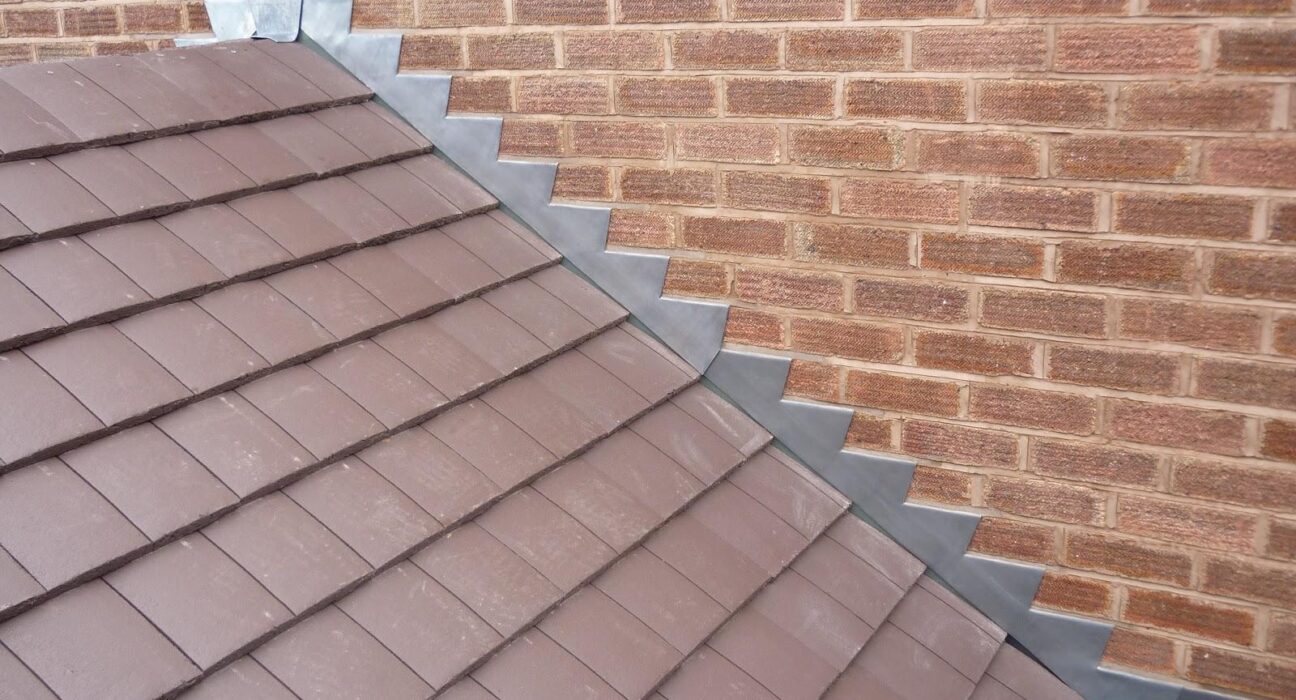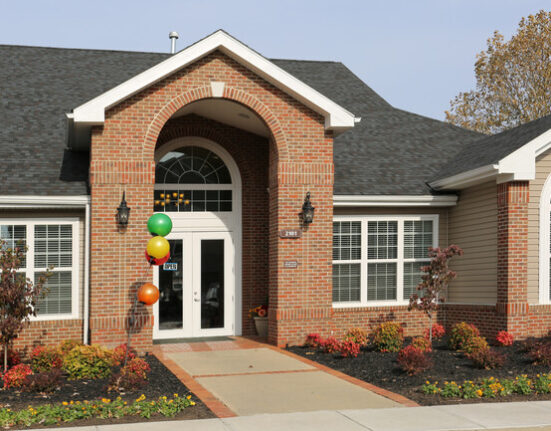It was a stormy night, and as John sat in his living room, listening to the rain hammer against the windows, he was confident that his newly installed roof would keep his home dry. However, as the storm intensified, water began to leak into his house through the ceiling. Puzzled, he immediately contacted his roofing contractor, who discovered that the problem wasn’t with the roof shingles or tiles themselves but with the roof flashing—or lack thereof. This critical component, often overlooked, is one of the most important lines of defense against water damage in a home. In John’s case, the flashing had been improperly installed, leading to the leak.
Roof flashing is the unsung hero of roofing systems, ensuring that vulnerable areas of your roof remain waterproof and structurally sound. But what exactly is roof flashing, and why is it so important? In this article, we’ll dive into the essentials of roof flashing, including its types, materials, joint issues, and the critical role it plays in protecting homes. We’ll also highlight some key statistics demonstrating how much water damage can cost without proper flashing.
What Is Roof Flashing?
Roof flashing is a thin material, typically metal, installed to direct water away from critical areas of the roof, such as joints, chimneys, valleys, skylights, and vent pipes. These are areas where the roof meets vertical surfaces or other materials, making them more susceptible to water infiltration. Water can seep through cracks and crevices without proper flashing, leading to leaks, mold growth, and structural damage.
Flashing acts as a barrier that prevents water from penetrating the roof, redirecting it toward the gutters or away from vulnerable spots. It’s a vital part of the roof’s drainage system, working with shingles, tiles, and other roofing materials to keep the building safe from water damage.
Types of Roof Flashing
Several types of roof flashing exist, each designed for specific areas and purposes. Understanding the different types can help homeowners and builders make informed decisions when installing or repairing roofs.
- Step Flashing: Commonly used along the edges of chimneys and walls, step flashing is installed in a stepped pattern to guide water away from the roof and toward the gutters. Each section overlaps with the one below, ensuring no gaps where water could enter.
- Valley Flashing: Roof valleys, where two roof planes meet, are prime spots for water to accumulate. Valley flashing is a V-shaped or W-shaped metal placed in these areas to guide water down the roof and into the gutters.
- Drip Edge Flashing: Installed along the roof’s eaves, drip edge flashing directs water away from the fascia and into the gutters. This prevents water from seeping into the roof deck and causing wood rot.
- Vent Pipe Flashing: Roofs often have vent pipes protruding through them. Flashing around these pipes is crucial to prevent water from leaking into the home through the gaps between the Pipe and roof.
- Chimney Flashing: Chimneys are prone to leaks due to their protrusion through the roof. Chimney flashing, often a combination of step flashing and counter flashing, ensures water doesn’t seep into the home at the base of the chimney.
Materials Used for Roof Flashing
The most common materials used for roof flashing are metals, as they are durable, long-lasting, and resistant to rust and corrosion. Some of the most popular materials include:
- Aluminum: Lightweight and easy to bend, aluminum is famous for roof flashing. It’s also corrosion-resistant and ideal for salty air coastal areas. However, it can be susceptible to denting and requires a coating to prevent oxidation.
- Copper: Copper flashing is highly durable and offers a more aesthetic appeal with its distinctive color. Over time, copper develops a patina that adds to its visual appeal. However, it is one of the most expensive options for roof flashing.
- Galvanized Steel: Galvanized steel is a robust and durable material that is resistant to rust and corrosion. It’s often used for flashing in areas with extreme weather conditions.
- Lead: Lead flashing is known for its flexibility and ability to withstand temperature fluctuations. However, it’s becoming less common due to environmental concerns.
The Cost of Ignoring Roof Flashing
Improper or missing roof flashing can lead to significant water damage, which can be costly. According to a report from the Insurance Information Institute, water damage accounts for nearly 30% of all homeowner insurance claims, with an average claim cost of about $11,000. Leaks caused by poor flashing can lead to more than just minor inconveniences. Over time, unchecked water damage can result in structural decay, mold growth, and the deterioration of roofing materials.
The National Association of Home Builders (NAHB) also highlights that roofs are among the most expensive components to replace in a home. The average cost of a full roof replacement ranges from $5,000 to $10,000, depending on the materials and size of the roof. This makes the investment in proper flashing—usually a fraction of the cost of an entire roof—well worth it in the long run.
Signs That Your Roof Flashing Needs Attention
Flashing can deteriorate over time due to exposure to the elements, poor installation, or damage from animals or debris. Homeowners should regularly inspect their roofs for signs that flashing may need repair or replacement. Some common indicators include:
- Water Stains: If you notice water stains on your ceilings or walls, it could be a sign that your roof flashing allows water to leak into your home.
- Rust or Corrosion: Metal flashing can rust or corrode over time, especially in areas with heavy rainfall or salty air.
- Missing or Damaged Shingles: Flashing often works in conjunction with shingles. If shingles near the flashing are damaged or missing, it’s a sign that the flashing may also need attention.
- Loose Flashing: Over time, flashing can come loose due to wind, ice, or poor installation. Loose flashing won’t provide adequate protection and needs to be re-secured.
Professional Installation and Maintenance
Roof flashing is a critical component of a roofing system, and improper installation can lead to significant issues. While some DIY enthusiasts may attempt to install or repair flashing independently, it’s often best to leave this task to professionals. Roofing contractors have the experience and tools to ensure that flashing is installed correctly, providing maximum protection for your home.
Regular maintenance is also essential. Roofs should be inspected at least once a year and after major storms to ensure that flashing is still in good condition. Minor repairs to flashing can prevent more significant, more costly issues in the future.
Conclusion
In the world of home maintenance, roof flashing often goes unnoticed until something goes wrong. Yet, as John’s story illustrates, it plays a crucial role in protecting homes from water damage. Whether you’re building a new home, replacing an old roof, or simply conducting routine maintenance, ensuring that your roof flashing is properly installed and maintained can save you from costly repairs and protect the structural integrity of your home for years to come. Remember, a well-protected roof is an investment in your home’s longevity.














